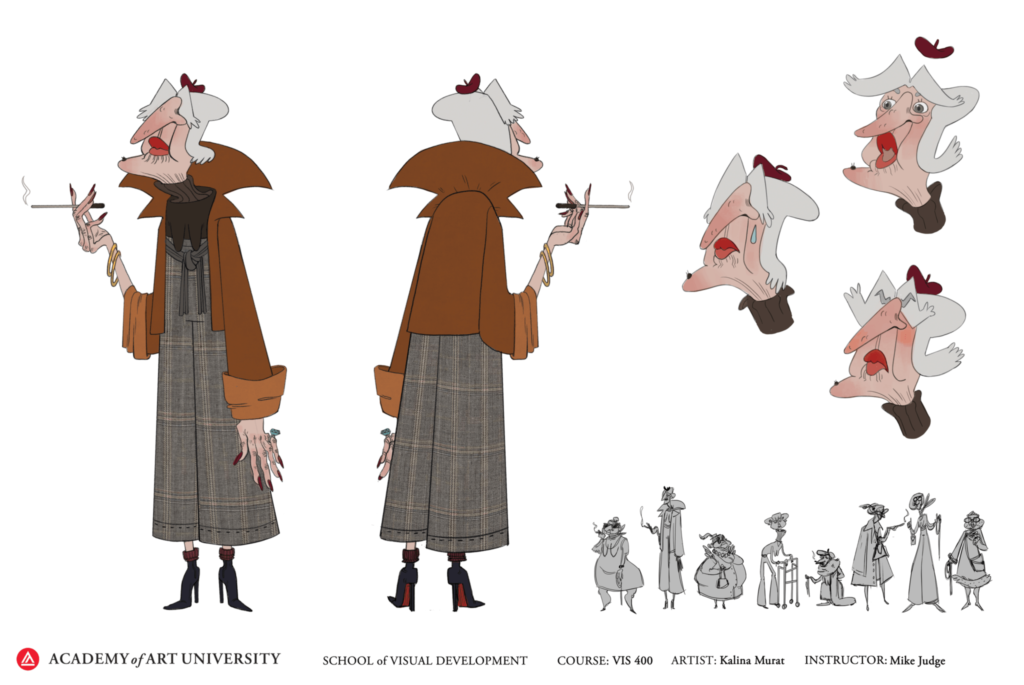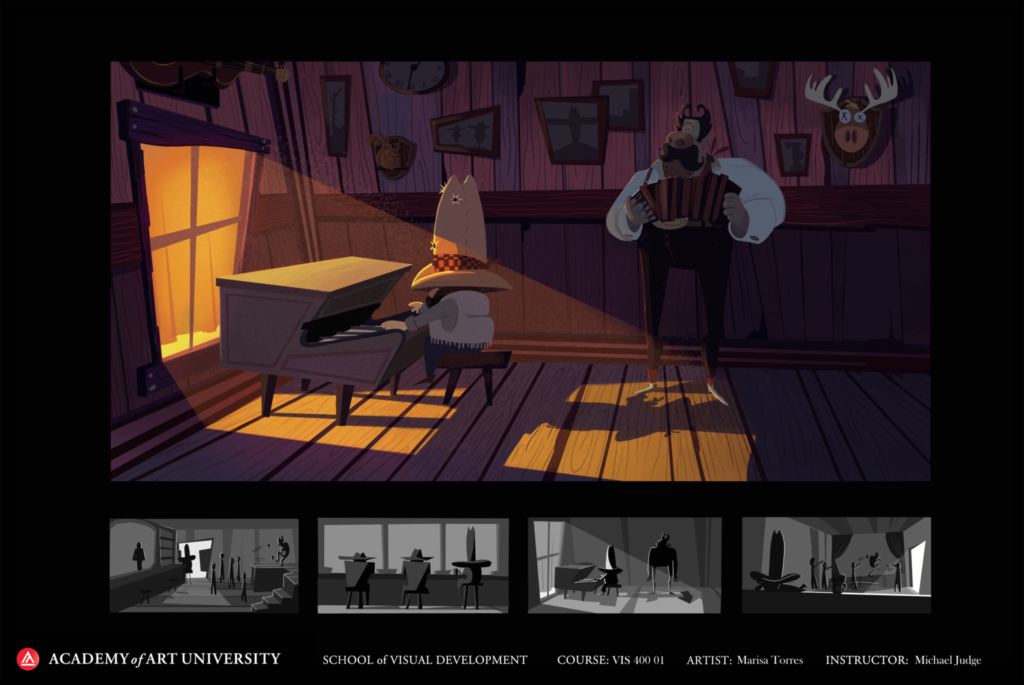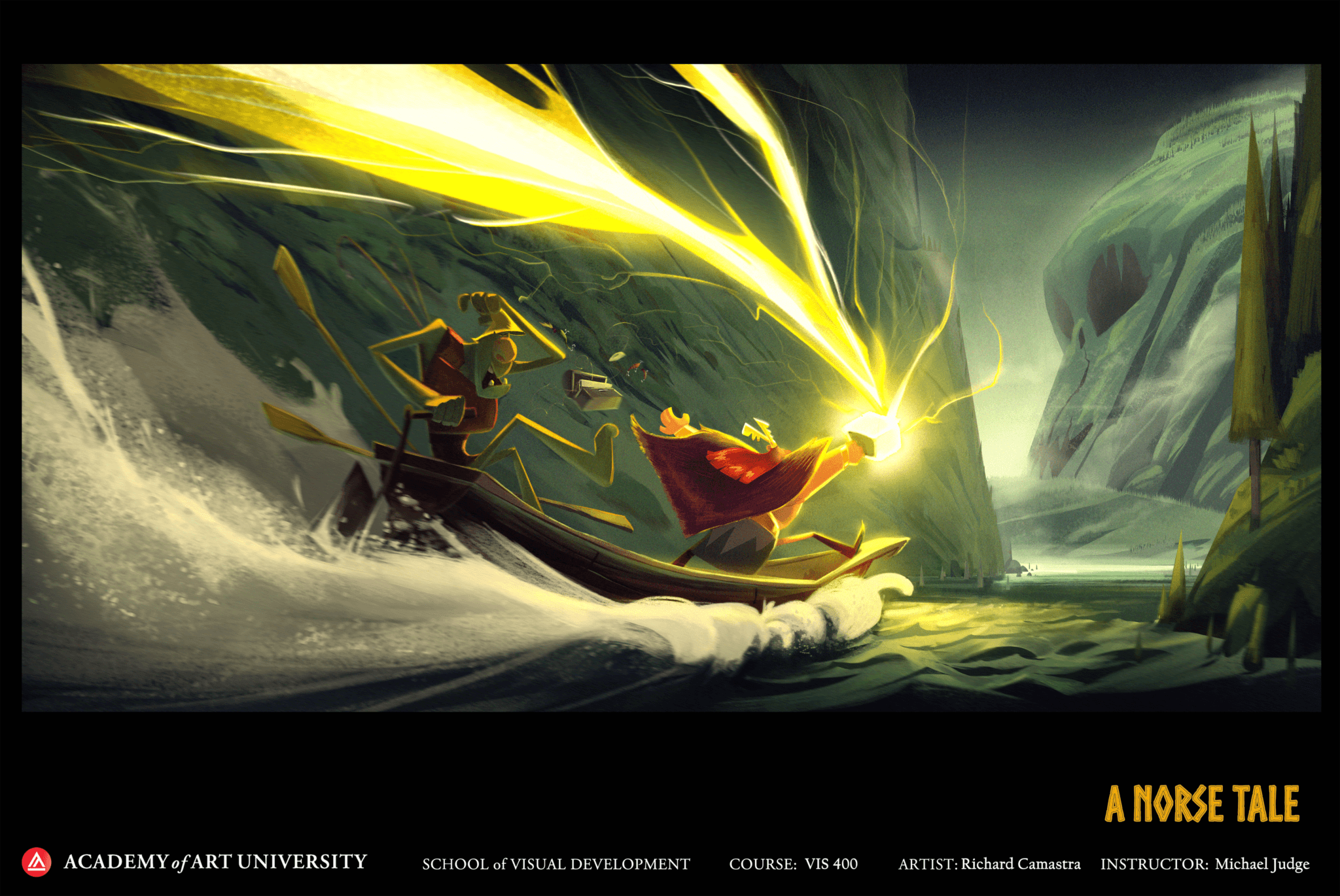The Basics of Visual Development: Tips on How to Create Your Own Art Style
As a visual development artist, creating your own style can help you grow both personally and professionally.
To succeed in a visual development career, you have to know how to adapt to the styles of different shows and companies. However, creating your own unique style can help you stand out while you explore your own sense of aesthetics.
But making your own art style doesn’t happen overnight. The whole process requires tons of practice, hard work, and mastery of the fundamental principles of art. As you get started, be sure to keep in mind the below tips on how to create your own art style!
Understand the Components of Visual Development
First, you have to understand how all the different elements of design come together.
For example, you use color to create mood and atmosphere. What are your favorite color palettes? What about the thinness and thickness of your lines or brush strokes?
This takes us to form, which refers to the shape of what you draw. Often, shapes repeat themselves or complement each other. Artists favor certain shapes and brush strokes as well. Do you use more rounded, cartoony shapes, like Mary Blair, Noelle Stevenson, and Craig McCracken do? Or are you more interested in photorealistic styles like that of Karla Ortiz and Ralph McQuarrie?


On the other hand, we have movement. While visual development artists don’t actually animate—though they certainly may know how to—the way they draw may simulate movement. Does a style feel more still or fluid? Are the lines sharper or softer? All of these things, among others, contribute to a feeling of movement.
In addition, how you space things out and how far apart objects are in your drawings can affect the mood and help direct the viewer’s gaze.
Last but not least, perhaps the most important component of visual design is consistency. Visual development artists have to make sure that whatever they’ve drawn has a cohesive style. For instance, if you design a flying car, it should look stylistically like other elements in the world you’re creating.
Find Your Role Models, but Don’t Copy Them
Good artists reference others to figure out how to create their own art style. They derive inspiration from the masters who came before them. However, it’s up to you to put your own spin on the art you’re creating. It’s your trademark, your brand, and your strength as a visual development artist.
So ask yourself why you like what your role model does in their work. Is it because the lighting creates a dramatic effect? Is it because you like using similar shapes? Why does it work? Conversely, what do you not like?

Answering these questions can help you not only learn from artists who inspire you, but also teach you something about what you want from your own style.
Do What Feels Natural
Your visual development style should feel good to you and reflect your tastes. Don’t force your style or overthink your choices: go with the flow! Practice makes perfect—but being your own worst critic can often lead to art block or discourage you from continuing.
Over time, you’ll start to understand why you chose to draw things a certain way. Plus, going with the flow often leads to discoveries that you wouldn’t have made while nitpicking all of your artistic decisions.
Try Conveying a Story in Your Art
Visual development is all about showing a story instead of telling it. This has a lot to do with the subtle ways that you position characters in your drawing, as well as lighting, location, and so on.
Start developing your visual storytelling skills by telling simple stories with simple messages. Keep the images clear and to the point.
Think about the characters you’re depicting. What are their goals? Feelings? How does that affect what they’re doing and how they express themselves? On the other hand, have you considered the setting? Does this place have a history? Is there a reason you chose it?

Allowing these to inform your work will allow you to integrate more complex ideas into your work. You’ll also develop and improve your own storytelling process.
Practice, Practice, Practice
While you’re developing your art style, keep in mind that all styles evolve over time. In the early stages, your style will most likely undergo very drastic changes.
Ultimately, the key ingredient here is practice. It takes years to develop a mature portfolio that will make you a competitive candidate for visual development jobs. Moreover, honing your skills also takes time. Once you have a better grasp of the fundamentals of visual development, a more consistent style will likely start to form.
Each class you take at art school is another opportunity to create your own art style. Be engaged during critiques and workshops with other students and professors. As Myisha Haynes, Academy of Art University grad and Marvel Comics artist, said in an interview: “Your teachers have industry knowledge and insight. Pick their brains!”
Practice talking about your art as well as producing it. The more you can talk about your decisions, the more you’ll understand them. And the more understanding you have, the more solid your style will become.

If these tips helped you out, consider requesting more information from Academy of Art University or visiting our School of Visual Development page!
On the other hand, for those of you who’ve decided that your place is at the Academy, get started on your application today.
Header image courtesy of School of Visual Development BFA student Richard Camastra.



